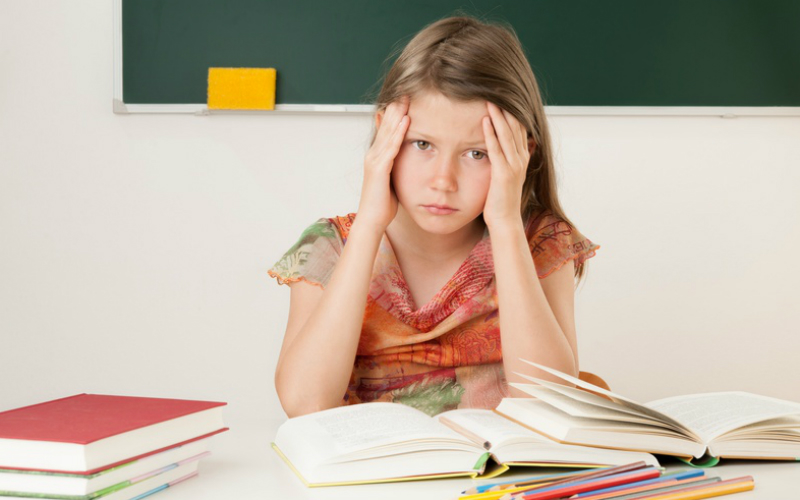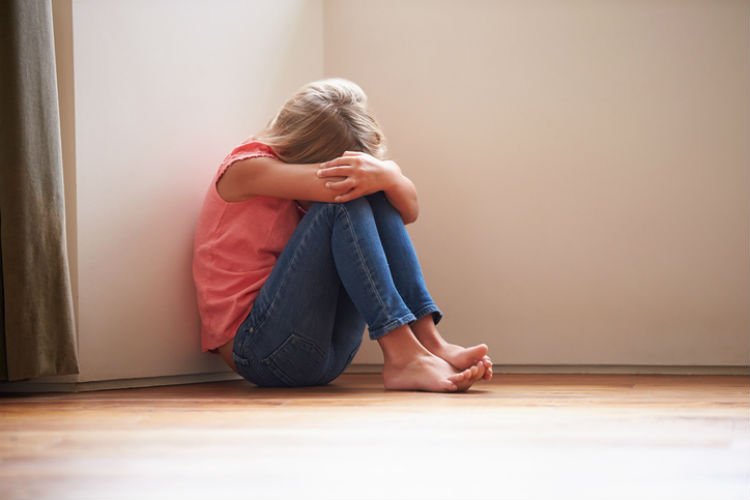Photo projects with children

1. Preparation
A photo project can be carried out easily and uncomplicatedly. From the age of three, children can use the camera with a little help. In primary school, many children have already had experience with their own camera or with their parents’ camera. To prepare a project, it is advisable to prepare some pictures so that you can discuss them later with the group. The following are useful for this:
- Portrait and landscape pictures
- Bird, frog and normal perspective photos
- a sharp, a blurred image
- a detailed shot, a portrait and a shot from a distance
This collection of sample pictures can be supplemented as desired, for example with pictures of the lines, the color design or the golden ratio. For a first project, however, the children should not get too much information at once so that they do not go too ‘brazen’ and the focus is on the desire to take pictures. Using pictures taken for the examples described above, you can later discuss different formats, perspectives and image sections with the children and the associated effect of the respective picture.
2. Introduction to photography
At the beginning of the project, the children should start with theirs own Can bring experiences. Who has ever taken photos? What photos are in the nursery? What is your favorite photo? How does the camera work? What are the different parts of the camera called? What do you have to watch out for? The children can certainly tell a lot about this. The answers are supplemented by information from the accompanying pedagogues. The own body is well suited to create analogies and to understand the various technical aspects:
- Memory card = brain
- Batteries = food intake for energy
- Objective and lens = eye
- Press the on / off switch = wake up in the morning / fall asleep in the evening
Also important are:
- Triggers to take a picture = open your eyes and take them right away
- Flash for dark situations = turn on the light
- Zoom to get far away = use magnifying glass
- LCD screen to find his subject and to view the pictures afterwards
All this information should be loosened up from time to time with a photo game that makes it tangible and solidifies it.
3. Take pictures
Now it’s time to practice: The children should take pictures in different formats and perspectives in order to consolidate the information from the discussion of the prepared photos. After this exercise, the children should think about a topic for which they will take photos. This can be a very everyday topic (play, nutrition, exercise) or a special, abstract one (dreams, love, friendship).
Important questions when taking pictures that should always be present:
- What is the most important thing in my picture?
- You can see the most important things well?
- How does the picture work?
- What is special about the picture?
- How shape the Colours and lines the picture?
- What story does the picture tell?
After the ideas have been developed, the children should have enough time to let off steam and find suitable perspectives and image sections. It is helpful to limit the number of photos that each child can deliver at the end to a maximum of five. Then the pictures can be viewed together on the PC or on a projector on the wall. It is important that the accompanying pedagogical specialists guide the red thread through the image analysis. In addition to the questions already mentioned, the following questions are suitable for this:
- Would you give this picture a prize??
- Why? Why not?
- Do you think that there are many similar pictures on this topic, or is it very special?
Step 4: presentation
The last step is the presentation of the picture, which includes finding a suitable title as well as a frame, a mat, a poster or something similar, with which the pictures are arranged. The children are particularly motivated when the photo project ends in an exhibition where the resulting works can be presented to other pupils, friends, teachers and parents in an appropriate setting.
target group
- children
- inclusive
Media used
aims
- exploration
- Media analysis and criticism
Variants, extensions, modulations
As a variant, the production of a picture story or a comic is possible. In this case, after the introduction to photography, the aim is to develop a story together, which then has to be implemented in pictures and small texts. Alternatively, the children can be encouraged to invent little stories about their photos and then record them with a digital recording device and microphone.
Tips & tricks
Photo projects not only give children the opportunity to deal with the technical and aesthetic foundations of photography, but also to express and present their view of the world and things individually. These requirements make every photo project with children unique. In addition, children can also photographically work on almost every teaching topic, which makes it possible to integrate them with the curriculum. It can be very exciting to loosen up ‘dry’ topics through a photo project and to give the children new perspectives on them.
trouble
It is organizationally difficult to carry out the project with a complete primary school class. On the one hand, one cannot respond so well to the individual needs of the children, which is very important in media projects, on the other hand, it takes too long to look at and evaluate the photos of the children because there are too many. It makes sense to divide the class into two groups, which either work in parallel or which are alternatively offered a second project. If the cameras in the project have a strap for the wrist, it is helpful to show them to the children and to link them with the saying ‘hand through the strap!’. Because of the excitement, it is quite possible that one of the cameras has slipped out of your hands, which only causes unnecessary trouble and effort.
Feedback
The participating children as well as the accompanying pedagogues from the institutions in which photo projects were carried out were almost entirely enthusiastic. Photo projects with children are relatively uncomplicated and compact, and yet you end up with results that are very worth seeing and can be found in an appropriate presentation. Even though it has many advantages to involve media education specialists, a photo project can also be carried out without a great deal of technical knowledge. It is always particularly important for children that their photos, their perspectives and their interests are really important, without the photos of adults also having to play a role..

checklist
- A room with enough space for photo games
- At least two appointments of two to three hours each or a project day, whereby the project can also be extended in time
- All group sizes are possible, but: The smaller the group, the more intensive and effective the work; from a group size of more than ten children, at least three educators should be present
- Previous knowledge among the children is not necessary, but many children have ‘photo experience’ that should be taken up, included and reflected on
- Photo cameras (one camera for about three to five children), laptop, USB cable for transferring the photos, projector
- Photos to view (see process)
- In the following, digital cameras are assumed, but it can also be attractive to work with analog models or self-made pinhole cameras. This way, the creation of the photos can be experienced in an even more sensual way, especially if the photos are also developed in the darkroom.
Left & material
www.kinderfotopreis.de
The Children’s Photo Prize is a network of media education institutions in Germany and Austria. Each institution organizes its own photo competition for children – however, the target group (children from four to twelve years) and the topic are common. On the website you can find out about the individual competitions, look at the photos submitted in recent years and get information about current tenders.
www.knipsclub.de
The first photo community for children aged eight to twelve – free, secure and ad-free. Organized by the JFF – Institute for Media Education and funded by the initiative of the federal government A network for children, the Knipsclub represents a safe alternative to commercial communities. Here children can gain experience with difficult issues such as copyright and personal rights or data protection within a safe framework learn a lot about photography. The exchange with other children who love photography also makes the Knips Club a platform on which children can discover, try out and learn a lot.
About
Kati Struckmeyer
JFF – Institute for Media Education
[email protected]
www.jff.de
The JFF – Institute for Media Pedagogy in Research and Practice was founded in 1949 and since then has dealt in research and pedagogical practice with the media handling of the growing generation. A specific feature of the JFF is the link between research and practice: the results of the research are the basis for pedagogical models in the upbringing, education and cultural work with children and adolescents. The scientific field in turn receives important impulses from pedagogical practice.
Kati Struckmeyer
(Born 1980) Graduate cultural educator. Studied cultural and media education with a focus on media education at the Merseburg University of Applied Sciences, diploma in 2003. Then worked as a freelance media educator and volunteer at kopaed-Verlag, Munich. Since 2007 media education consultant at the JFF – Institute for Media Education. Focus: media projects with children, promotion of language skills through active media work
RELATED ITEMS
-

Teach children how to deal with disabilities
I recently came across Raul’s side. A fairly well known, because really impressive man, who is so natural with his…
-

Institute for Media Education u
The world of children is shaped today by digitization, which is penetrating, changing and accelerating in all areas of life. Digital media…
-

Performance pressure in children
Getting up early, lots of class work, perfectionism: pressure to perform in children can lead to increased stress even in primary school. long-term…
-

Depression in children and adolescents
Depression in children and adolescents is a topic you hear little about, but it is more common than expected. The causes of one…
